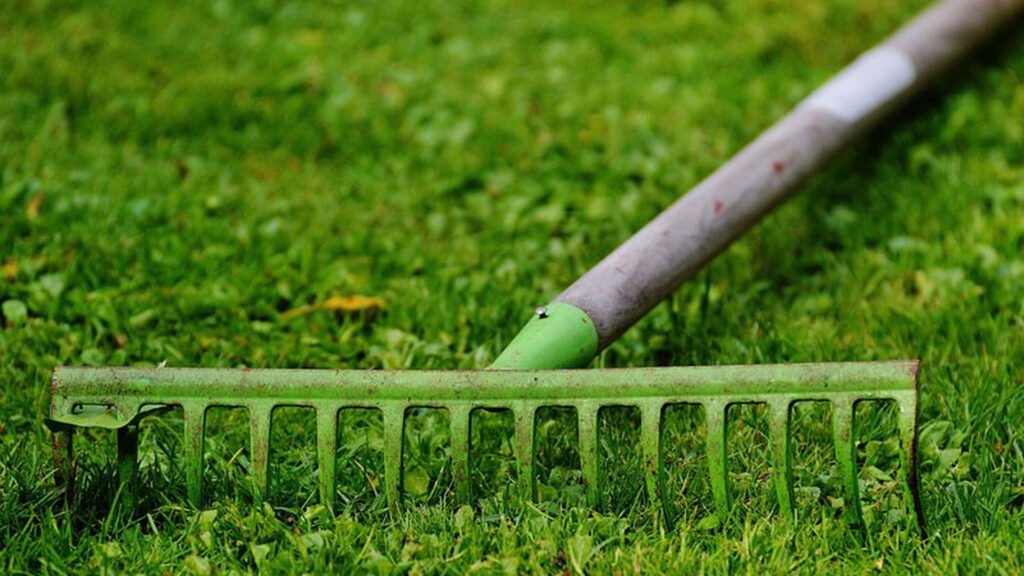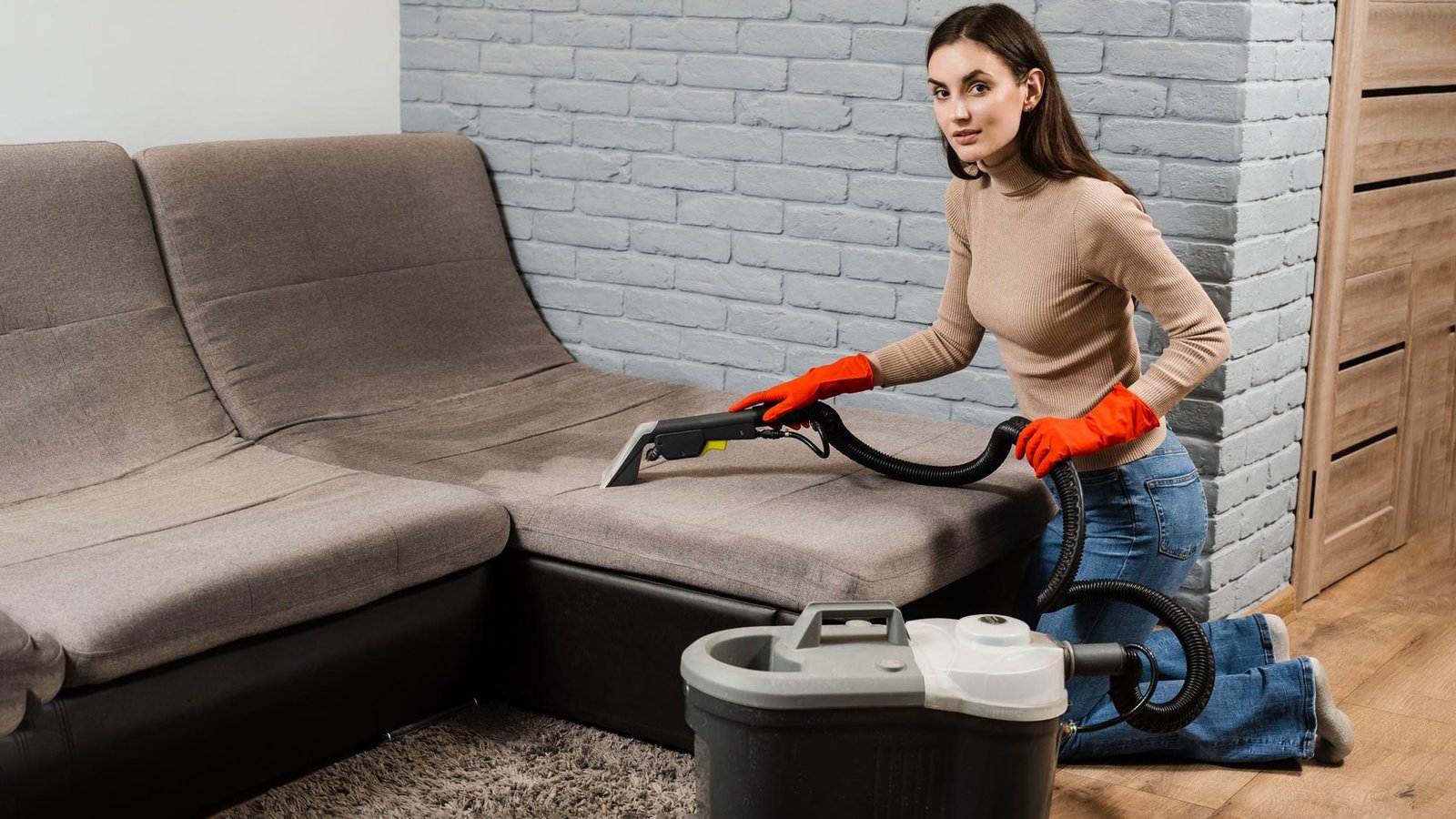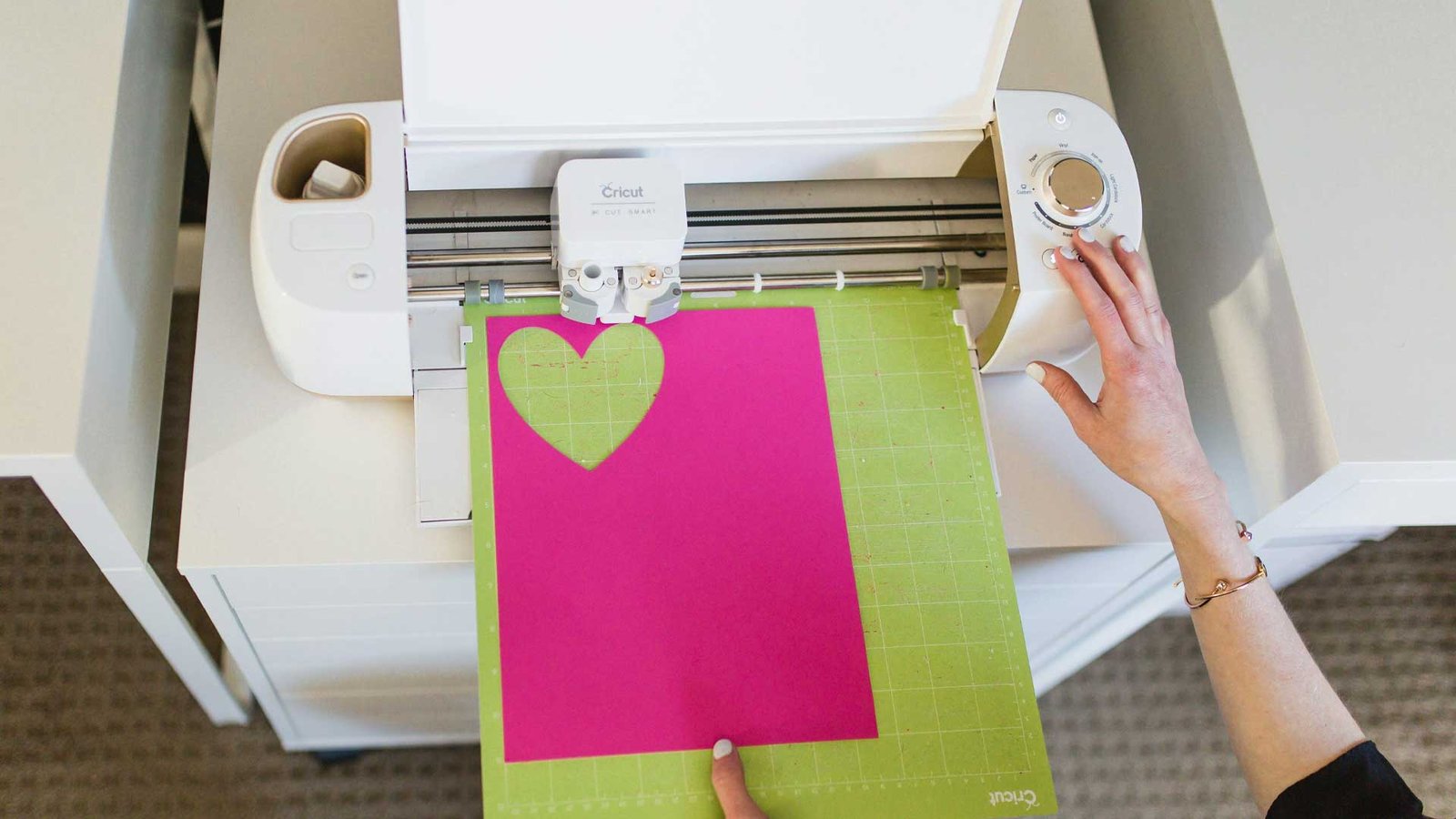A leaf blower or vacuum is a multi-purpose item that you almost certainly have in your garage. It’s often used to help with yard cleanup. While it may seem to be simple—just wave it about to clear those pesky leaves off your lawn—there is the right technique to utilize them to obtain the best results. Of course, this does not rule out the possibility of using a rake in the future. We nevertheless advise you to have a rake on hand (unless your physical condition does not allow you to pick up a rake). You’ll save time and effort if you know when and how to utilize a leaf blower/vacuum.
When Should a Leaf Blower Be Used?
If you have leaves or dried grass or another surface fast, leaf blower/vacs may be a good option—as long as you’re not worried about collecting them up just as quickly. Use a shop-vac instead if pick-up is an issue. If you have a big lawn that gets covered in vast quantities of leaves in the autumn, using leaf blowers/vacs as a first step in the leaf-removal procedure may make sense. That is, using a leaf blower/vac and tarps, gather the majority of the leaves into separate heaps.
When Should a Leaf Vacuum Be Used?
The devices in issue are known as “blower/vacs” because they may operate in two modes: blower and vacuum, or “vac” mode. Now is the time to think about the vacuum capabilities of blower/vacs. Leaf blower/vacs are inefficient as vacuums for cleaning a large number of leaves from the lawn for the simple reason that they do not vacuum up a huge number of leaves rapidly. Their vacuum bags don’t contain enough leaves to be useful for leaf removal (you’d have to continually stop to empty the bags).
Nonetheless, in some places of the yard where it would be impossible to use leaf rakes, it can make sense to use leaf blower/vacs in vacuum mode to remove a limited number of stuffs that you can do this with.
- Areas where leaves fall between the cracks in the rocks
- Areas where leaves may get caught.
- Around the home and structures in nooks and crannies
- On the decks
You might even blast the debris out of the way and collect it later. But why put yourself through any more effort? You’ve already paid for the vacuuming capabilities of your equipment, so why not put it to use in the situations when it’s most useful?
When Should You Use Rakes?

You’ll still have some leaves to remove after you’ve removed the majority of them from your yard. This is when leaf rakes come in handy. Using an old standby, the leaf rake is the ideal method to pick up those errant leaves. Techies who despise leaf rakes on principle will persevere and use leaf blowers/vacs to pick up the leftover leaves. But, in terms of efficiency, doing so makes little sense: leaves aren’t particularly cooperative in such issues! For this function, technology has yet to come up with a low-cost alternative to the humble leaf rake.
Here’s how you’ll go about it
Prepare the Tarp: Lay down a big tarp on the ground. Leave the leaves beneath the tarp alone; you’ll deal with them later. To protect the tarp from blowing up as the leaf blower comes near, add large pebbles on either end.
Blow Leaves in Sections: Begin blowing leaves into a mound on the tarp in the far left-hand corner of your yard. Don’t be picky: using a leaf blower/vac to gather every single leaf is counterproductive.
Remove the Leaves: When you’ve blown most of the leaves into a mound in this part pull the tarp away from the pile (you’ll probably need assistance).
Compost the Leaves: To compost the leaves, place them in an enclosure that may be composted or subsequently put in a compost bin.
Continue to the Other Corners and the Center: Continue in the same way to the other corners. Then, in a similar manner, attack the leaves in the lawn’s middle.
Composting isn’t the only option
If you don’t compost your leaves and are faced with the prospect of having to dispose of them in leaf bags, consider mulching in situ as an alternative to removal. A mulching mower, rather than a leaf blower/vac, maybe a better option for you. Simply run the mulching mower over the leaves and let it eat them up into small particles that will act as grass fertilizer. Another option is to run a standard or mulching mower over the leaves with the bag attachment on, then dump the leaves into your leaf bags from the bag attachment. Some mower bag attachments contain more leaves than leaf blower/vac vacuum bags; therefore, the work will be completed quicker.
Thatch Removal
Blowers and vacuums, like everything else in life, have their advantages and disadvantages. When it comes to lawn aeration, this is particularly true. You must not only clear leaves from your yard but also other types of garbage. It’s also necessary to get rid of the thatch. A layer of thatch on your lawn might obstruct the grass’s ability to breathe. Aeration of the grass in the spring or autumn helps to reduce thatch. Blower/vacs used for leaf removal in the autumn do not solve the problem of thatch in any manner. Leaf rakes, on the other hand, may be used to remove both leaves and thatch at the same time if used properly. Don’t be hesitant to lean on the leaf rake and dig the tines in a bit with adequate pressure. In addition to getting care of the leaves, this will assist remove some of the thatch that has developed on your grass.
That isn’t to say that this is a cure-all for significant thatch issues, but every little bit helps.





